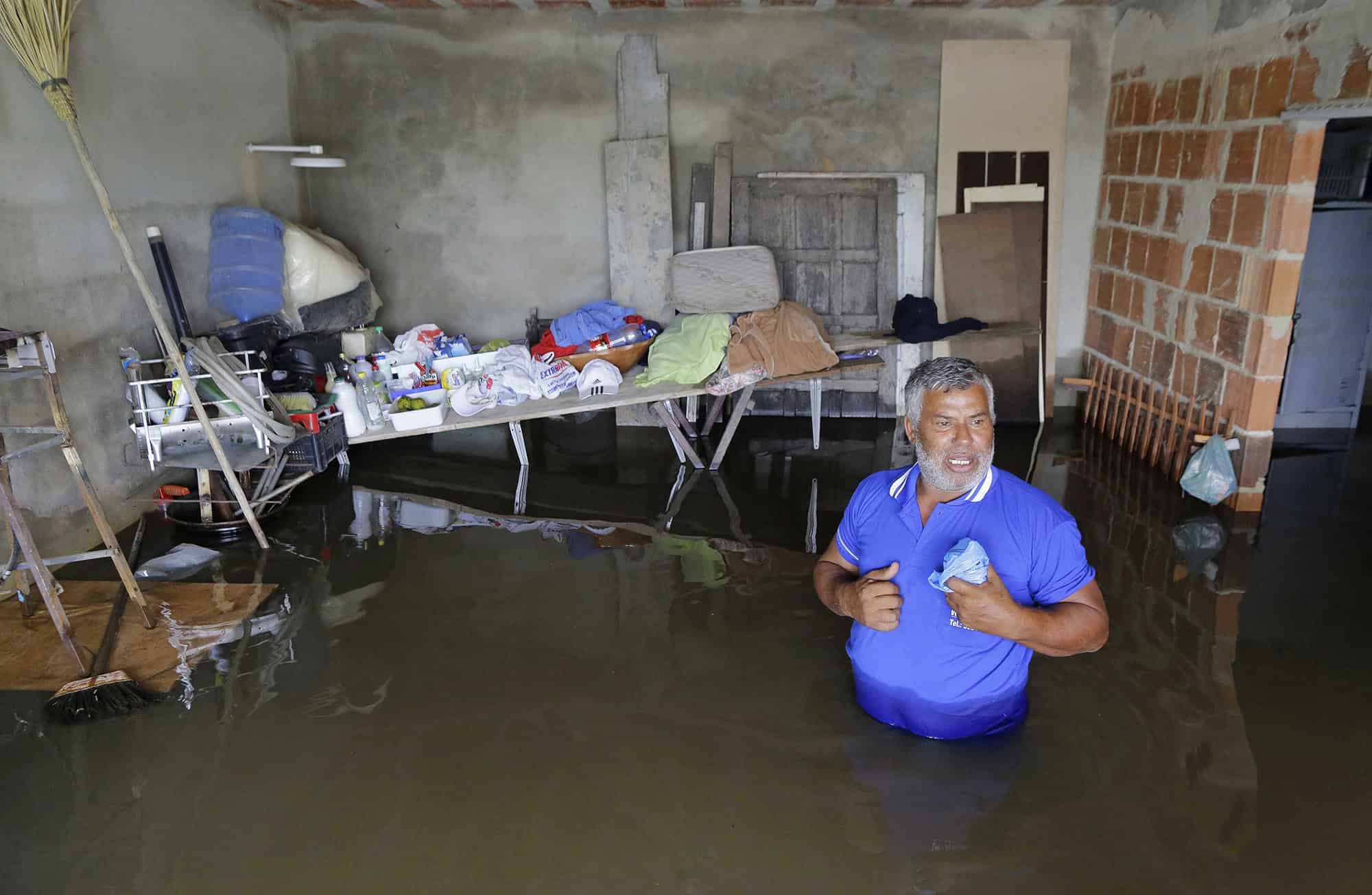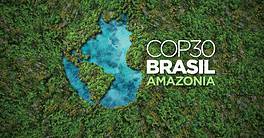Natural disasters are dramatically impacting Latin American economies. But the region could become a global leader in boosting green solutions.
The year 2023 cost Latin American economies an estimated $20 billion in destruction from natural calamities: the highest total since Hurricane Maria hit Puerto Rico in 2017.
Numbers-wise, the regional impact and cost are in line with such events elsewhere on the planet. According to the World Economic Forum, globally reported economic losses attributed to climate and water extremes reached $1.48 trillion in the decade ending in 2019: a 47.9% increase over the previous decade. However, compared to other regions, Latin America is uniquely positioned to leverage its natural riches to become a focal point of economic opportunity through green solutions at comparatively lower transition costs—if it manages to accelerate locally as well as regionally coordinated efforts.
The region is grappling with the economic impact of rising temperatures, shifting weather patterns and an increased frequency of natural disasters. Slow-to-act governments and a lack of coordinated proactiveness are the main hurdles preventing several Latin countries from catapulting to the forefront of the global ESG agenda.
“Without a decision to coordinate on following a specific path, we risk letting the single biggest economic opportunity for Latin America this century slip through our fingers,” says Marina Cançado, head of Converge Capital, who has worked for 15 years connecting investors, corporations and ESG/green economy solutions in the region.

system.
Ana Luci Grizzi, partner at EY and Latin America deputy-lead for Sustainability and Climate Change, underscores the need for the public authorities to step up.
“We still need decisions that become state policies instead of the policies of a government,” she says. “There’s gigantic regional opportunity in the transition to a low-carbon economy, the bioeconomy, and the circular economy. We have natural capital available here both in quantity and in quality and this could give us a leadership position.”
In Harm’s Way
According to Boston Consulting Group (BCG), if the world implements the Paris Accords by 2030, limiting temperature rise to no more than 1.5°C by 2100, the world will suffer less than an 8% loss of GDP to disasters and climate change. But at current levels, temperatures will rise 2.9°C by then, causing losses estimated at 24% of the global economy.
Latin America is already impacted in many ways.
“If we look at Colombia, loss of arable and forest land is one of the greatest risks,” says Bogotá-based economist Jorge Farfan, a partner at Brazilian venture capital firm KPTL. “We lose an average of 300,000 hectares of land annually, especially in the Amazon and in woodland, to nature degradation. We are also highly impacted by the stronger and more frequent Caribbean tropical storms and hurricanes reaching points farther south in the region. Chile and Mexico are already suffering extreme droughts, converting large tracts of land into barren deserts unusable for anything at an alarming rate.”
Research by the World Resources Institute places both Chile and Mexico, two of the most important Latin American economies, in the top 30 countries impacted by baseline water risks, the highest in the Western Hemisphere, while Peru is at 32nd place.
Flooding in the southernmost Brazilian state of Rio Grande do Sul in April and May vividly illustrates the challenge.
In just five days, cities and towns across the state saw rainfall equaling one-third of the annual average. The results were catastrophic. A study by EY showed 90% of the municipalities in the state were adversely affected; 30% declared a public emergency. Civilian authorities put the death toll at 183. Damage to public and private infrastructure was so extensive that the Brazilian Confederation of National Insurance Companies classified the disaster as the single largest claim-generating event in Brazil’s history.
Much of the blame, according to Cançado, lies with the expansion of single-crop agriculture over the years in Rio Grande do Sul, especially soybeans, which has adversely impacted the soil and exacerbated the potential for flooding.
“The effects of this incident go beyond the immediate tragedy,” she says. “Accounting for the potential of another event like this now impacts and alters the market value of assets, the feasibility and price of insurance, how public infrastructure concession bids need to be drafted and valued and what municipal spending priorities need to be.”

Climate and nature risks involve physical impacts that must be measured through risk-analysis methodologies, EY’s Grizzi points out, and these need to be revised to include forward-looking capabilities.
“Risks associated with shifting weather and nature can be dealt with either through mitigation or adaptation,” she notes. “The impacts filter down through the entire economic system, and that’s why financial institutions are also concerned about the systemic risks associated with contagion or holding assets and investments in places and companies that do not comply with transition goals.”
Leaders Of Green Growth
The good news is that Latin America has the potential to become a global leader in green solutions; according to BCG, Brazil is already the brightest star in the region, with the potential to double its yearly foreign direct investment and attract up to $3 trillion by 2050. It has the capability to generate excess green energy through renewables and increase sustainable regenerative agricultural output at scale while protecting and restoring biomes: distinct geographical regions with specific climate, vegetation, and animal life. And it could become a key player in providing cost-competitive green industrial products and services.
Brazil will host the COP30 climate summit next year, Grizzi notes; its own record has been mixed, but she remains hopeful.
“We have many good projects still in Congress,” she says, “such as the Brazilian System for Emissions Trade, which will be functional by them. But Brazil still lags behind the global north; they had more time to adapt while facing many more natural-resources restrictions. While Brazil is still catching up with the European CBAM [Carbon Border Adjustment Mechanism] or the American Inflation Reduction Act, the end results will still be positive and can place the country among the global players.”
BCG ranks Brazil as the world’s leader in profiting from regenerative agriculture at scale; first as a carbon-offset supplier through nature-based solutions, forecast to create up to $50 billion in revenue locally by 2030; and as a protagonist in wind, solar and green hydrogen generation. Brazil is expected to become a leader in biomass fuel development and a worldwide hub for low-carbon industrial products, which benefit from clean energy, ample natural resources and circularity.
“Brazil has 40% of the world’s biodiversity and one-third of the global biomes, but we don’t yet have a single global product tapping those resources directly,” says Danilo Zelinski, head of KPTL’s Forest and Climate Fund.
KPTL just concluded a round of investment in a company that taps molecules only available in the Amazon to create new products aimed at extending longevity and guaranteeing health in old age. “The opportunity to explore this biome in a sustainable way, protecting the forest, is tremendous,” Zelinski says, “and the economic incentive for this is there, too. It is much more lucrative to have such products and science coming out of the Amazon than to simply clear it for cattle pasture.”
Sustainable AI Processing
Brazil could also see increased international investment in the relocation or construction of major data centers in its northeast, according to research from Santander, much of it built on advances in generative artificial intelligence. A simple query on ChatGPT requires 10 to 15 times more electricity than a query made through regular search engines. Brazil could capture a significant share of the $440 billion market simply because it can offer what most other countries cannot: cheap, clean, renewable energy and water to cool data centers at scale. Additionally, it has geographic proximity to Chile, a global supplier of the copper needed for the critical electrical applications required for servers.
“We have all the sectorial assets in place in Latin America in general,” says Cançado, “and in Brazil specifically: mining, energy, food, agriculture. We are the only region able to sustainably develop all of these assets while transitioning to net-zero carbon emissions. And we are able to do this propelling development, spawning economic growth, creating jobs, and generating income.”
Her conclusion couldn’t be more poignant.
“At this point, we are only missing one thing: a shared vision and a regional call-to-action,” she says. “We need to decide if we want to be the global power and global hub of climate solutions for the planet. This decision needs to be shared across governments, the private sector and societies throughout our countries. But we need coordination. The risk, if we don’t do that, is we’ll once again only be the region that could have been, but never was.”




